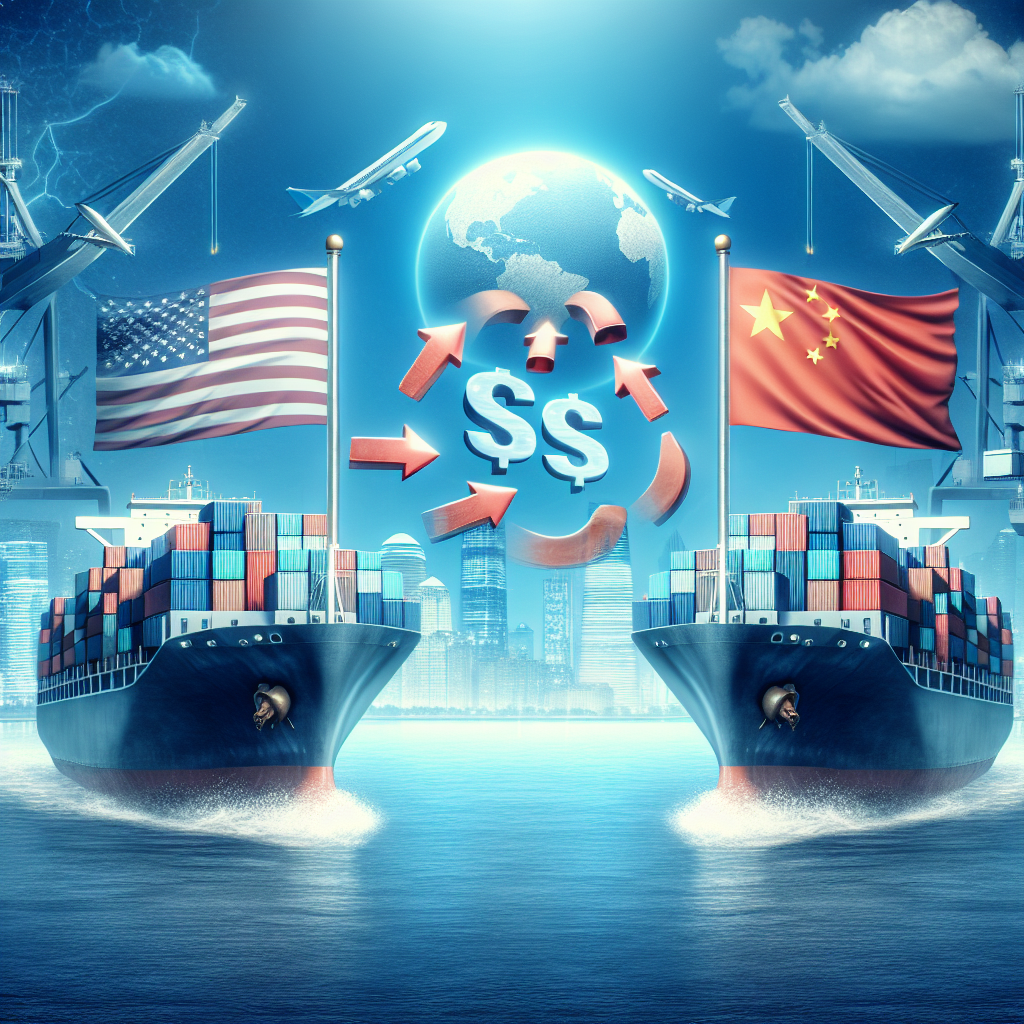The US-China Tariff Cuts: Reasons and Future Implications
The US-China Tariff Cuts: Reasons and Future Implications
Introduction
The recent decision by the United States and China to reduce tariffs marks a significant shift in the economic relationship between the two global powers. This move is expected to have wide-ranging effects on international trade, economic growth, and geopolitical dynamics.
Reasons Behind the Tariff Cuts
Economic Pressures
Both countries have faced economic challenges that have prompted a reevaluation of their trade policies:
- US Economic Concerns: Rising inflation and supply chain disruptions have pressured the US to seek ways to alleviate economic strain.
- China’s Growth Slowdown: China’s economic growth has been slowing, prompting the need for more favorable trade conditions to boost its economy.
Geopolitical Considerations
The tariff cuts are also influenced by broader geopolitical factors:
- Global Stability: Reducing trade tensions is seen as a step towards enhancing global economic stability.
- Strategic Alliances: Both nations are looking to strengthen their strategic positions by fostering better economic ties.
Future Implications
Impact on Global Trade
The reduction in tariffs is expected to have several implications for global trade:
- Increased Trade Volume: Lower tariffs are likely to boost trade between the US and China, benefiting businesses and consumers.
- Supply Chain Adjustments: Companies may adjust their supply chains to take advantage of the new trade environment.
Economic Growth Prospects
The tariff cuts could positively influence economic growth in both countries:
- US Economic Boost: Reduced tariffs may help curb inflation and stimulate economic activity in the US.
- China’s Economic Recovery: Improved trade conditions could support China’s efforts to revitalize its economy.
Conclusion
The US-China tariff cuts represent a pivotal moment in international trade relations, driven by economic and geopolitical factors. As both nations navigate this new landscape, the potential for increased trade and economic growth offers a promising outlook. However, the long-term success of these measures will depend on continued cooperation and strategic alignment between the two countries.


















